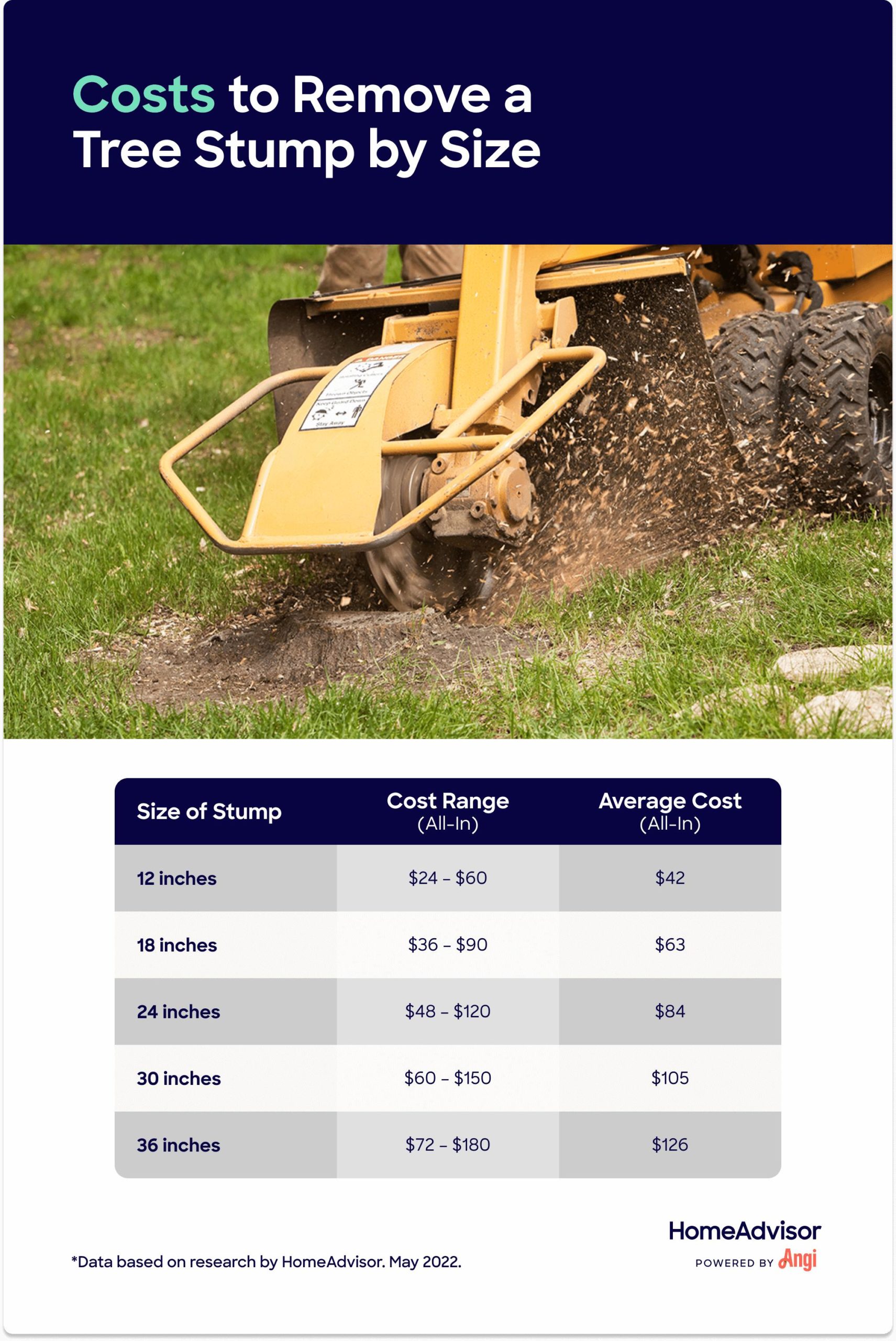A Journey into the Science of Tree Removal
Trees, towering giants of nature, have long held a sacred place in our environment. Their presence not only graces the landscape with aesthetic beauty but also plays a pivotal role in sustaining ecological balance. However, there are instances when the removal of a tree becomes a necessity, prompting us to embark on a journey into the science behind this seemingly straightforward yet intricate process.

The Anatomy of a Tree
To grasp the intricacies of the science behind tree removal, one must initially delve into the intricate anatomy of these arboreal wonders. Trees, with their roots firmly anchored in the ground, serve as pillars of life. Beneath the bark lies a complex network of vessels that transport water, nutrients, and sugars throughout the tree. Understanding this intricate system is crucial when contemplating the removal of a tree.
Arborists, the custodians of trees, possess an in-depth knowledge of tree anatomy. They assess the health of a tree by examining its leaves, branches, and trunk. A diseased or damaged tree may pose risks to its surroundings, necessitating a careful and informed decision on whether removal is the best course of action.
The Ecological Impact
Trees are not solitary entities; they are integral components of ecosystems. The removal of a single tree can have far-reaching consequences, affecting everything from soil composition to the habits of local wildlife. This interconnectedness underscores the importance of approaching tree removal with a holistic perspective.
Arborists employ ecological assessments to understand the impact of tree removal on the surrounding environment. This involves considering factors such as the tree’s role in providing habitat, oxygen production, and its influence on local climate conditions. In some cases, the removal of a tree may be compensated by planting new ones, ensuring a sustainable balance in the ecosystem.
The Decision-Making Process
The decision to remove a tree is not taken lightly. Arborists follow a systematic approach, taking into account various factors before determining if removal is necessary. Safety concerns, such as the proximity of the tree to structures or power lines, are paramount. Additionally, the health of the tree and its potential to recover from diseases or damage are critical considerations.
Advanced technologies, such as tree risk assessment tools and decay detection devices, have enhanced the precision of decision-making in tree removal. These tools aid arborists in evaluating internal decay, hidden dangers that might not be visible to the naked eye. By combining technological advancements with traditional arboricultural knowledge, the decision-making process becomes a blend of art and science.
The Role of Arborists
Arborists, often referred to as tree surgeons, are the skilled professionals tasked with the responsibility of tree removal. Their expertise extends beyond wielding chainsaws; it encompasses a deep understanding of tree biology, soil science, and the broader ecological context. Before the removal process begins, arborists conduct thorough assessments to determine the best approach.
During these assessments, arborists consider the tree’s overall health, the potential risks it poses, and the surrounding environment. They may use tools like resistograph drills to measure the density of the wood and sonic tomography to visualize internal decay. This meticulous approach ensures that the decision to remove a tree is based on a comprehensive understanding of its condition.
The Tools of the Trade
Arborists employ an array of specialized tools for efficient and safe tree removal. Chainsaws, though iconic, are just one piece of the puzzle. Rigging equipment, cranes, and stump grinders play equally crucial roles in the process. The choice of tools depends on factors such as the tree’s size, location, and the surrounding environment.
In recent years, technological advancements have introduced robotic tree climbers and remote-controlled equipment, reducing the risks associated with manual labor. These innovations not only enhance the safety of the removal process but also increase efficiency, allowing arborists to navigate complex scenarios with precision.
Mitigating Environmental Impact
Acknowledging the environmental impact of tree removal, arborists are increasingly adopting practices to minimize disruption. Sustainable approaches include recycling wood for repurposing, utilizing chips for mulch, and promoting the planting of new trees to compensate for the loss. This ecological consciousness reflects a paradigm shift in the field, emphasizing a commitment to environmental stewardship.
The Future of Tree Removal: Balancing Progress and Preservation
As we advance into the future, the science of tree removal continues to evolve. Sustainable practices, innovative technologies, and a growing awareness of environmental responsibility are shaping the way we interact with our arboreal companions. The emphasis is shifting from mere removal to holistic tree management, ensuring the preservation of green spaces for generations to come.
Research into alternative materials, robotic technologies, and the development of smart tree monitoring systems are paving the way for a more sustainable approach to tree removal. By embracing these advancements, we can strike a balance between progress and preservation, recognizing that trees are not just resources to be harvested but crucial contributors to the health of our planet.
A journey into the science of tree removal reveals a nuanced and intricate process that goes beyond the mere act of cutting down a tree. It involves a deep understanding of tree biology, ecological principles, and the conscientious application of advanced technologies. Arborists, as stewards of the natural world, play a pivotal role in ensuring that tree removal is a thoughtful and informed endeavor, ultimately contributing to the harmony between human needs and environmental preservation. As we navigate the complexities of tree removal, let us remember that each tree tells a story, and its removal should be approached with the reverence and respect that such a narrative deserves.

